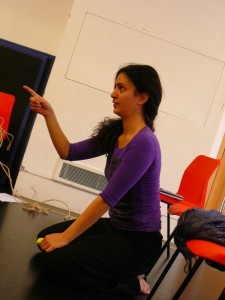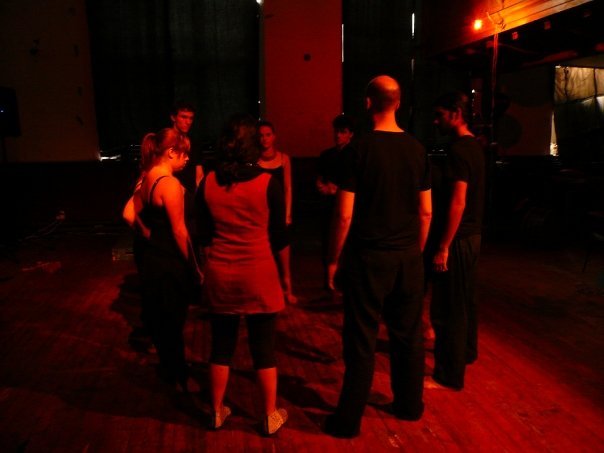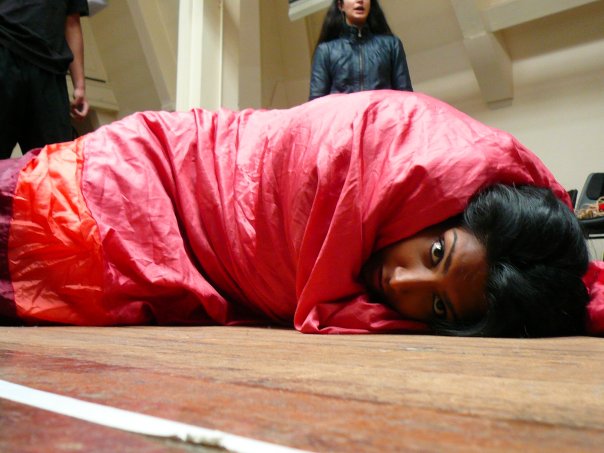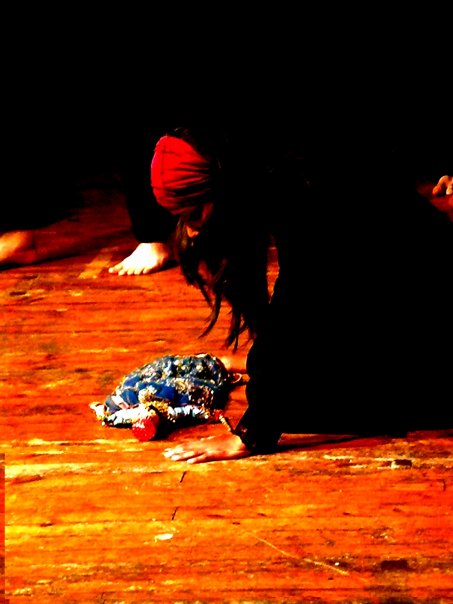Hurtled back in time to his days as a young lad, learning at his father’s elbow, Pawn is given to reminiscences, all due to the power of a simple cheese toastie. J knows not what she has unleashed with her seemingly simple edict…
Eat a cheese toasty for me. I’m not kidding.
J, in a recent message
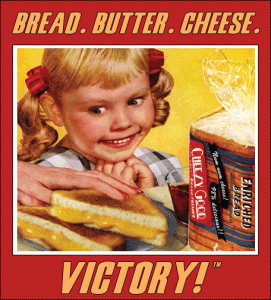
One finds, when traveling, that friends will often make seemingly simple, banal or odd requests. “Bring me back a…” [insert obscure object of desire here]. “You must take a picture of…” [insert obvious snapshot locale here]. “Please, oh please, you have to…” [insert impossibly touristy act here]. When J made her request, however, I was a little surprised, and immediately started a little trip down memory lane…
My father was sort of a stranger to us kids on most workdays, until well after dinner. He would be gone well before we were off to school; his presence in the breakfast kitchen mostly confined to making and decanting coffee with the seemingly ancient Melitta. The filters he would pull from a large square box, and carefully fold into quarters, then pop out, into a cone. I marvelled at the topographic implications of this act every time I saw it. He may butter our toast, or threaten to spread his marmalade on it (Yuck! To my young pallet) before applying a suitable slathering of jelly, for me, or jam for my elder sister.
But then he would be gone, and mom would step in to fill out the breakfast routine for the five of us kids, before sending us off to school. My friends, many of them at least, had the added rituals of bag lunches being prepared (before the school lunch program started, about the fifth grade for me) but we lived close enough to school that we were expected to make the trip home and back every lunch hour.
At night dad would get home in time for the evening news, and then it was supper time. My parents would eat in the dining room, where they would talk about their mutual scientific pursuits, what colleagues were up to, and various other impenetrable topics. When one of us children had done something particularly good, or excelled at school or chores, we would get to eat in the dining room, too, where we would try to act as though we understood what was being discussed (my big sister would no doubt claim otherwise), while the rest of the wolf pack ate in the kitchen. This separation of parents and children at dinner time, weekday dinner time, was a core dynamic in our household. It is a large part of what made a holiday dinner so different – it wasn’t just different dishes, or a fancier table cloth, it was our presence all at table together, which made for a holiday meal.
After dinner would come homework and projects and all those little pieces of busy-ness and work which make the life of a young and growing family tick. My father liked to make things from kits. He made our hi-fi, television, harpsichord, grandmother clock, etc. He would buy no end of tools and equipment and justify it by what he would save by hand-crafting our Christmas gifts (I still covet my younger brother’s red and black wooden steam roller). I would hang around and “help” dad with the kit projects. He was rigorous about following every step and instruction and it drove me batty, but to have the time with him made it worthwhile. Though, to be perfectly honest with you, I still, to this day, bridle at following instructions.
This came through in our other big projects, my model making and the train table. I got into making models – cars, planes, war machines, etc. – when I was quite young, and in my father’s eyes that meant that he had to help me. I couldn’t be expected to complete one of these things on my own, and I will grant that this was often borne out in fact when I tried. It was on one of these instances, when I had decided to make an aeroplane model by myself, that dad walked into the kitchen (almost all projects were assembled on the kitchen table, which necessitated that all washing up be completed first). When he saw what I was doing, and I remember this quite clearly to this day, he looked, for just a moment, crestfallen. He quickly regained composure, and asked me what I was up to, and I felt guilty, like I had betrayed him. I ended up asking him for his help, and after playing a little hard to get he eventually assumed his seat at table and got down to the hard work of fixing everything I had mucked up and then progressing, step by careful step, through the instructions. It was at times like this that he would then break the tension by uttering a single, simple term, his term of endearment for me. He would call me “Revere Ware,” or more typically “Copper Bottom.”
Dad was Cockney, and though little of his English heritage showed through (he was a dedicated assimilationist) but the Cockney have a grand tradition of rhyming slang; of constructing new terms through a process of rhyming and contrasting, recombining, etc. My nickname started with my given name, Nicholas. This sounded to dad like “Nickel Ass” which to his Cockney mind could easily be shifted to “Copper Bottom” which was what a Revere Ware pot had, so that’s how you get from Nicholas to Revere Ware.
The train table process was the same as the models. I would have been perfectly happy with a bunch of track and cars and rearranging it all every now and then; add some curves here and there, some switches, etc. Dad, however, took one look at the Kalambach train book I brought home one day, and all he saw was verisimilitude. Next thing I knew we were building a 4′ x 8′ train layout with realistic hills, streets, a pond and bridge, trestles, mines, etc. It was epic, and just never seemed to end. To be honest, it never really did. I lost interest after a few years, and then after dad passed away, when I was 13, nothing more happened with it. Much the same fate for the harpsichord.
Weekends, however, were a different story. On weekends dad would make us breakfast, and often make us lunch as well. He would eat dinner in the kitchen with us, “Eating with the animals,” as he would put it. He had only a fairly limited repertoire of dishes. He could make all sorts of holiday treats: puddings and cookies and bars and such. Or jams and marmalades, etc. But breakfast? That would be soft boiled eggs and soldiers, pancakes or waffles (alternating Sundays). Lunch? The casual sandwich, of course, and then my favourite: grilled cheese. Out would come the griddle, an open and close affair with reversible griddle plates, one side for pancakes and the other for waffles.
A proper grilled cheese, or cheese toastie, starts with some soft bread, butter (though dad used margarine, may he rest in peace) and cheese. Dad would use cheddar or Colby. My more adult tastes have drifted to combinations like Gruyère with white cheddar. You start by buttering one side of each slice of bread, these will be the sides against the griddle plates. You place the first slice butter-side up on the cutting board, and then the next slice butter-side down on top of that. Then, on top of each of these little stacks, you place the sliced cheese. I think that it is better to use more thin slices than fewer thick ones, but your mileage may vary.
Anyway, enough of recipes. Dad’s great contribution to modern sandwich making was the day that he brought his natural gifts of Cockney lateral thinking to the business of sandwich making. We had had a breakfast of waffles that Sunday morning, and for whatever reason – the washing up hadn’t been done or he just had an intuitive flash – whatever it was, the result was that he decided to make the usual cheese toasties with the waffle side of the griddles rather than the flat side. Thus was born the wafflewich and sandwich history would never be the same again.
I have loved and enjoyed the wafflewich ever since that pivotal day, and it has been important to my life. The first meal I made for my prospective wife was wafflewiches (“What wine should I bring?” she asked. I wasn’t quite sure how to answer.) and I have served them to friends at parties and sporting events.
So, to dad, a toast to the humble cheese toastie. I may venture into any number of restaurants, pubs or food stands here in London, but nowhere will I find anything as good as dad made that one Sunday so long ago, when he used the wrong side of the griddle and made one giant step for cheese toastie kind.
[Editor’s note: Pay no attention to the modern poseurs who would have you believe that a wafflewich is a sandwich made with two waffles, rather than bread. The original and only true wafflewich is made only as described herein.]







